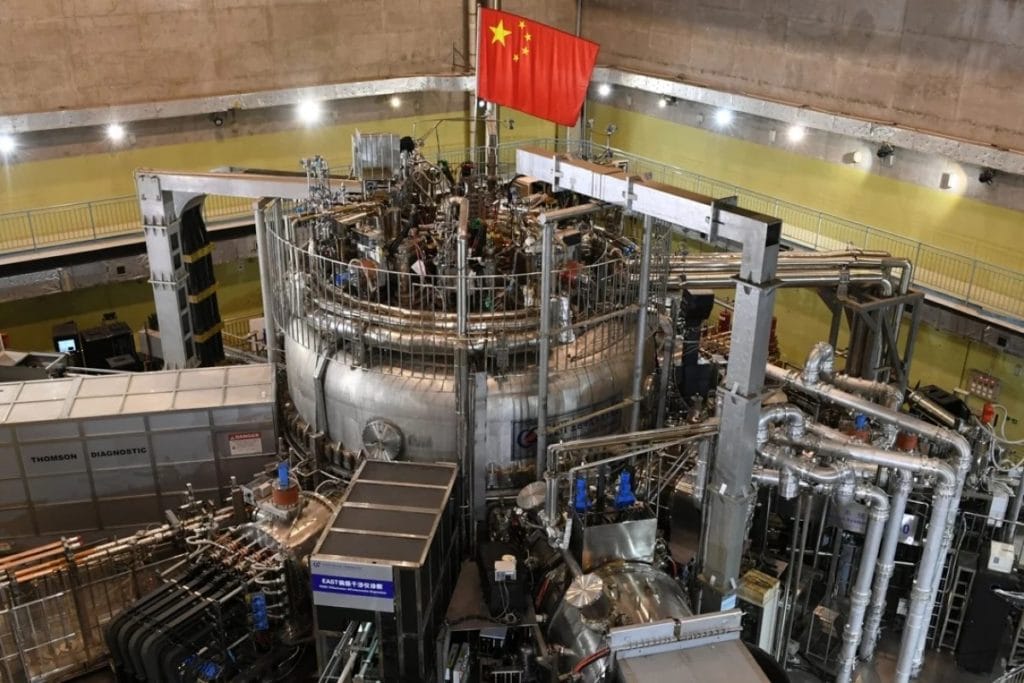China Has Officially Switched on Its “Artificial Sun” and It Could Be a Revolution in Energy Production
Trending Now
The race to find cleaner, more accessible, and less damaging forms of energy has been accelerating in recent years, and now China has taken a giant step forward as far as their nuclear power research capabilities.
They’ve been developing the HL-2M Tokamak reactor, the country’s largest and most advanced nuclear fusion experimental research device, and recently hit the power switch for the first time.

Image Credit: Inceptive Mind
Scientists hope this “artificial sun” can unlock a powerful clean energy source that will fuel the country for centuries to come.
The reactor uses a powerful magnetic field that fuses hot plasma and reaches temperatures north of 150 million degrees Celsius – 10x hotter than the core of our actual sun, which is how it earned its moniker.

Image Credit: TRTWorld
The People’s Daily reported on the event, which took place in the southwestern Sichuan province.
“The development of nuclear fusion energy is not only a way to solve China’s strategic energy needs, but also has great significance for the future sustainable development of China’s energy and national economy.”
Fusion merges atomic nuclei to create massive amounts of energy – the opposite of the fission process used in atomic weapons and nuclear power plants, which splits them into fragments.
It’s considered the “holy grail” of energy sources, as it also emits no greenhouse gases and carries a lower accident risk than other methods currently being exploited.
That said, it’s not cheap – the total cost of China’s project runs around $22.5 billion USD.

Image Credit: Inceptive Mind
Scientists continue to work on developing smaller versions of the nuclear fusion reactor, too, with limited success.
The country plans to use the device in tandem with the International Thermonuclear Experimental Reactor, a similar (but even larger) project based in France.
What do you think about this technological development? Scary stuff or the future of energy?
Share your thoughts in the comments!




